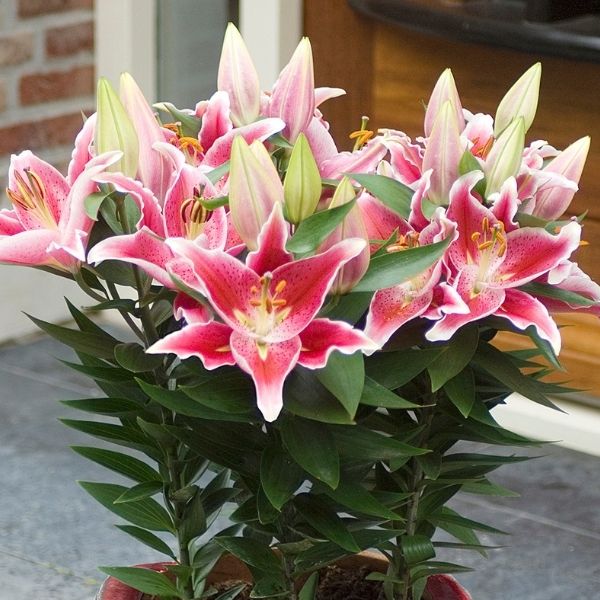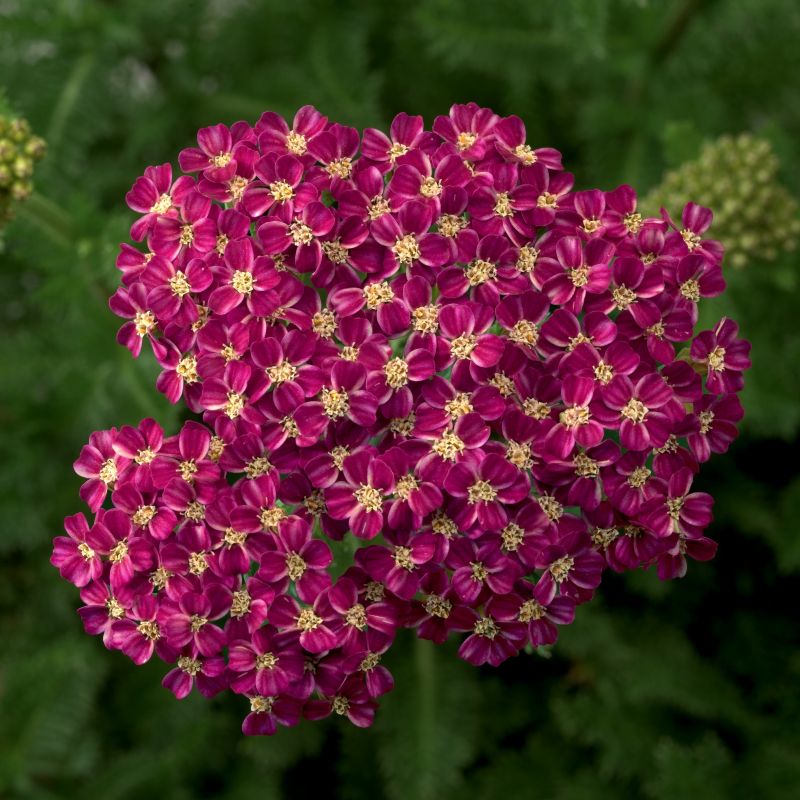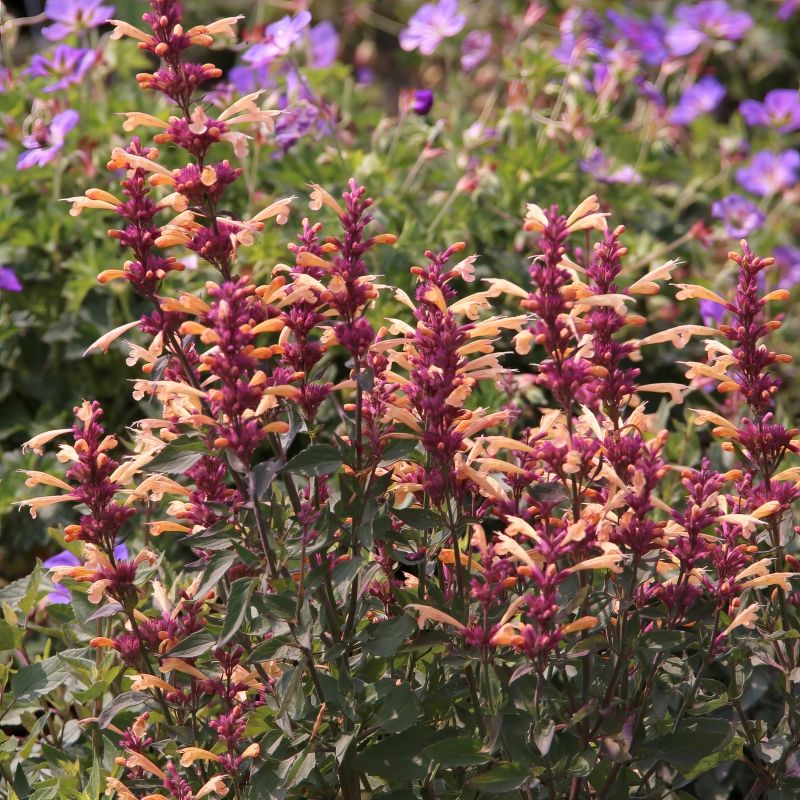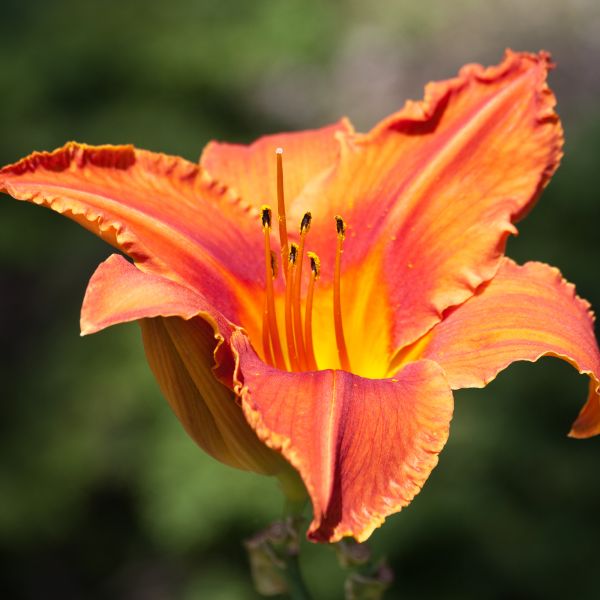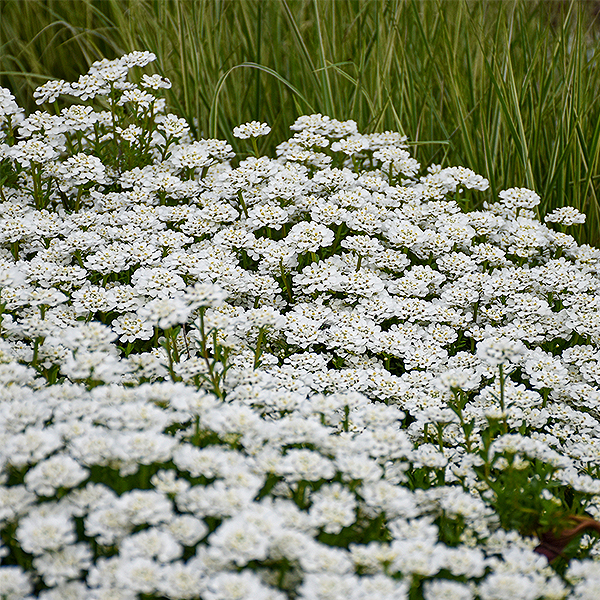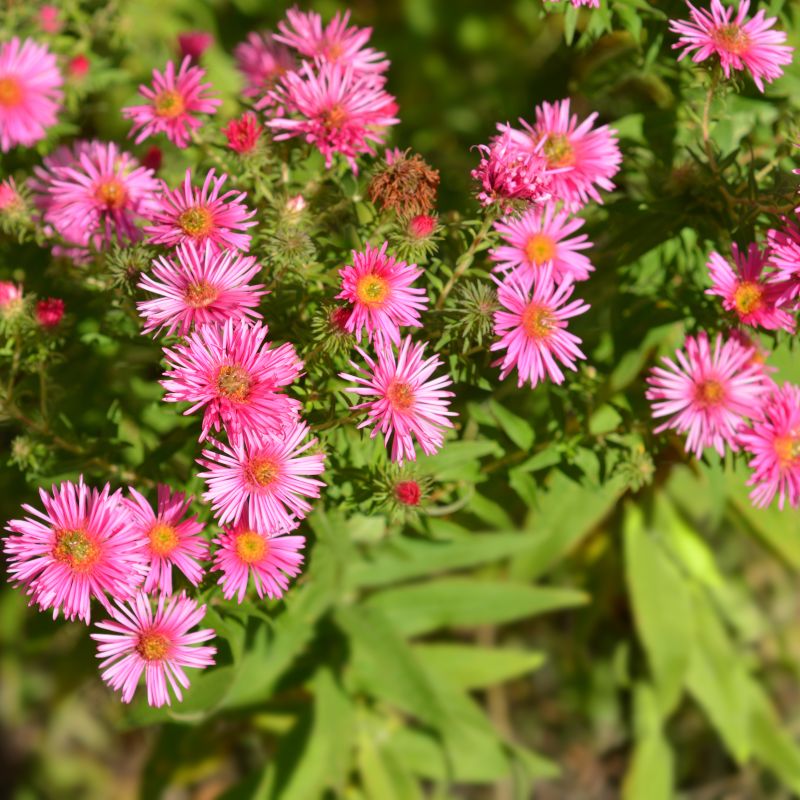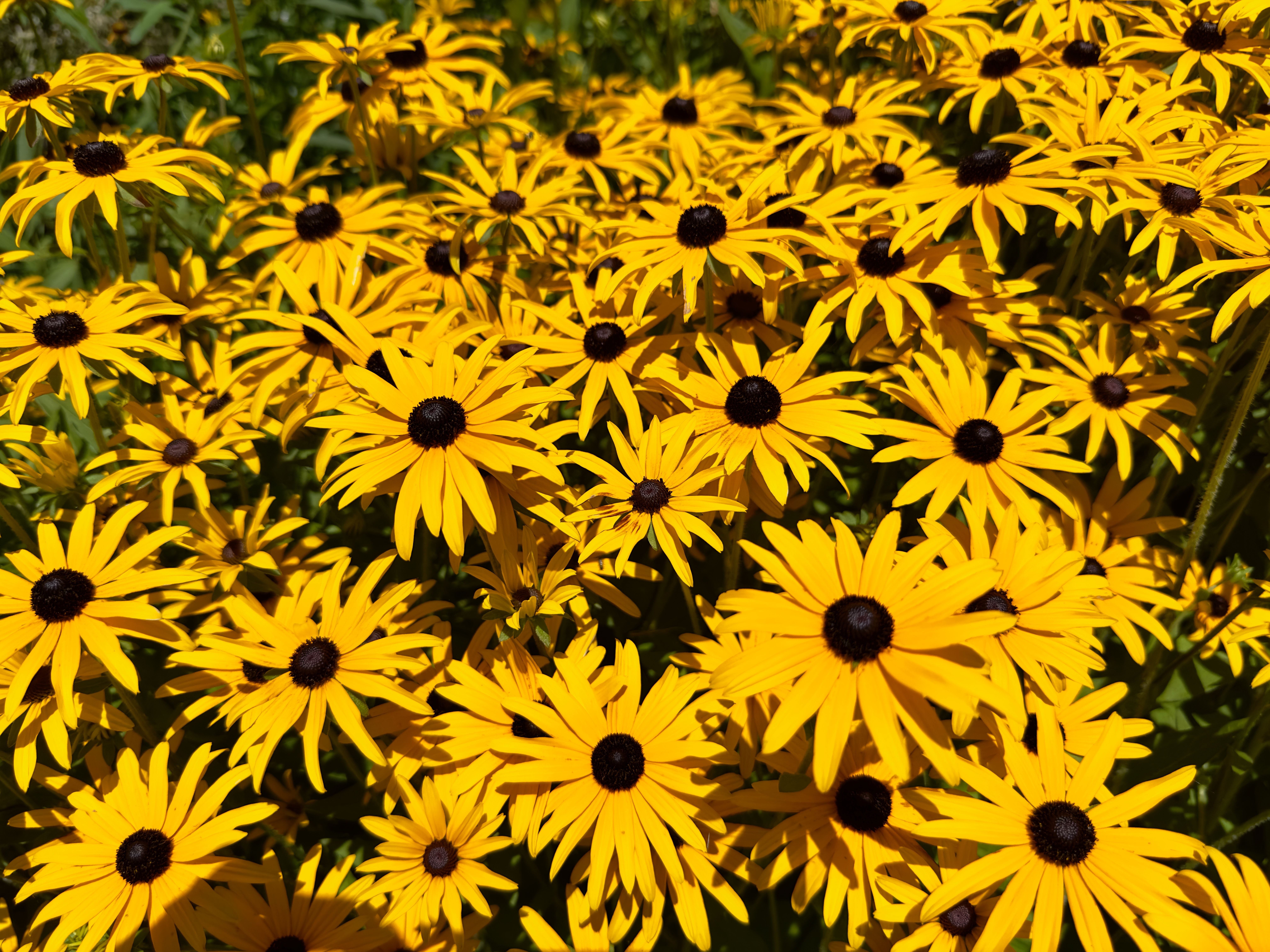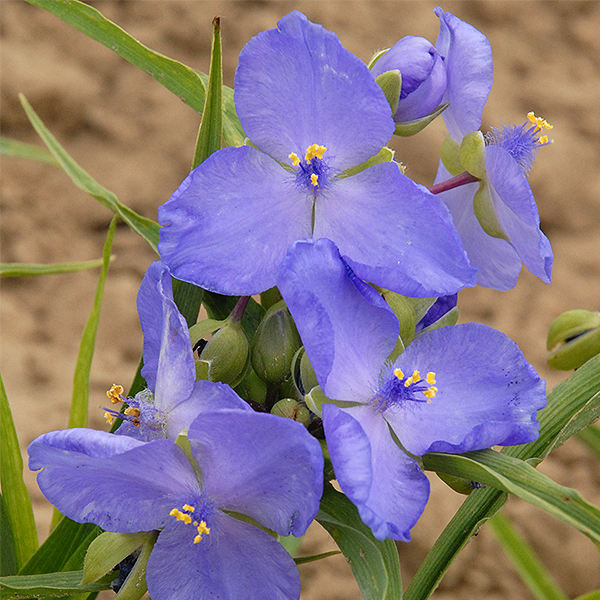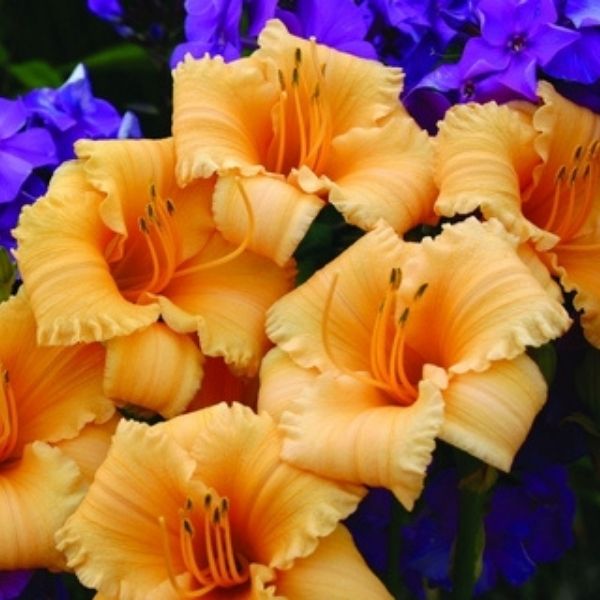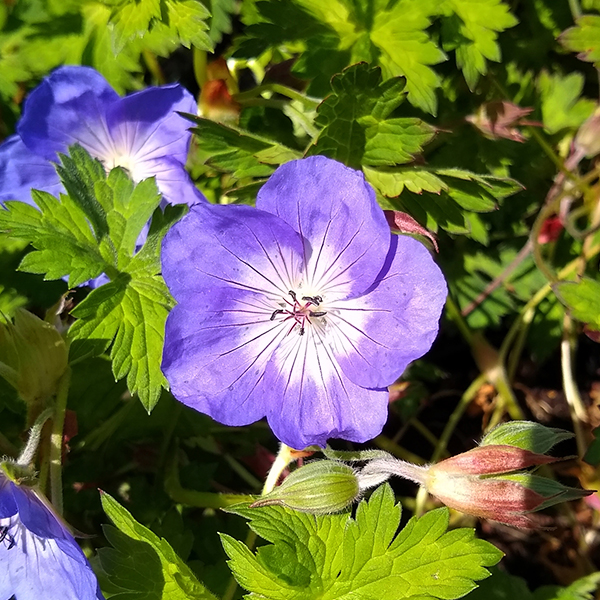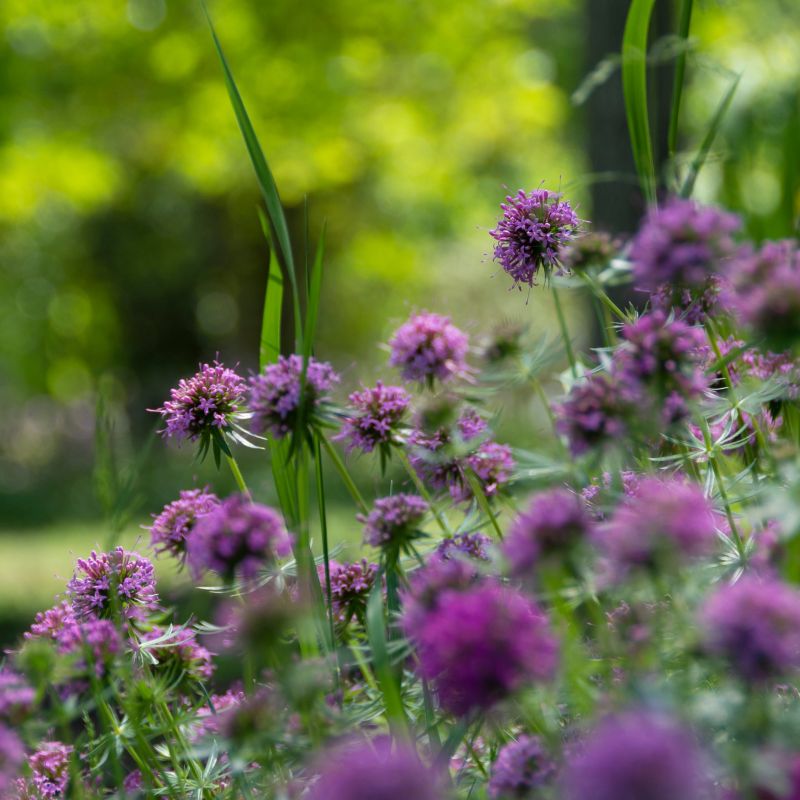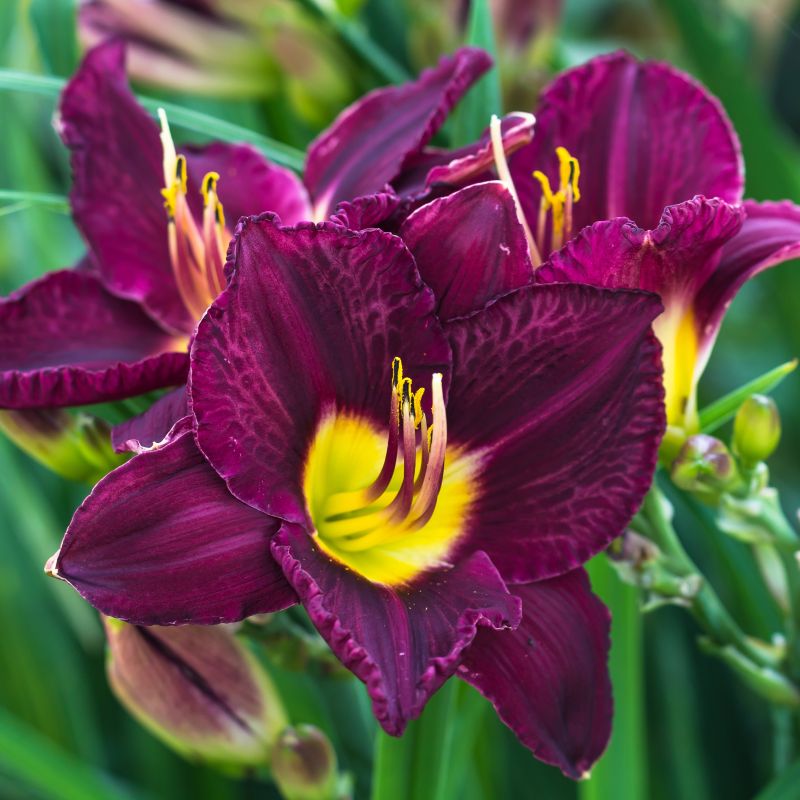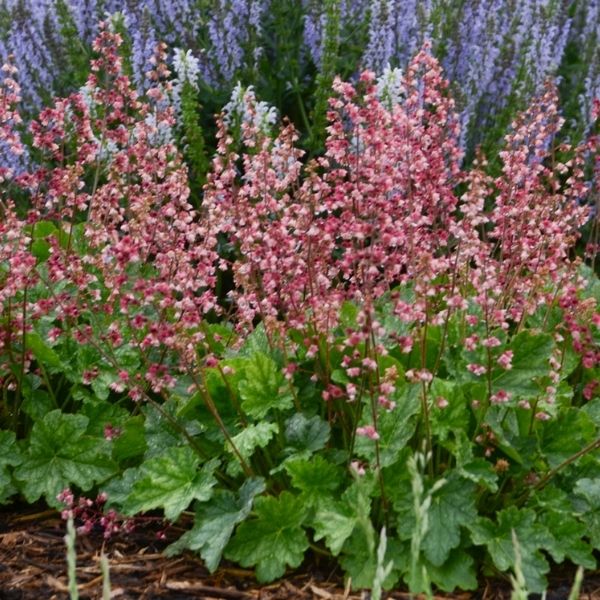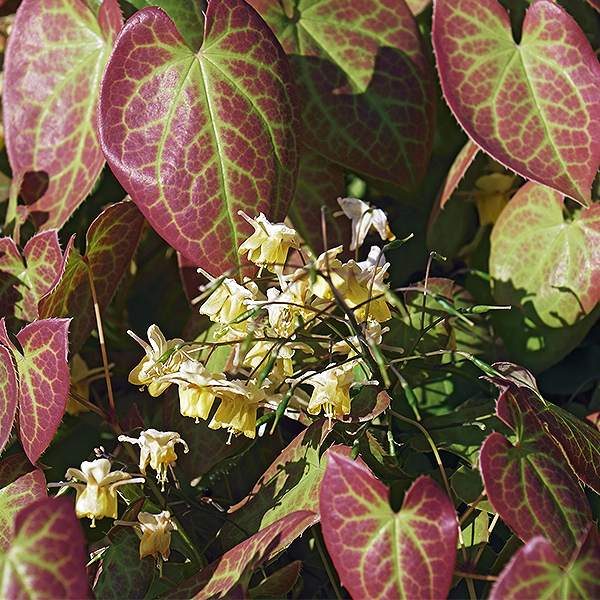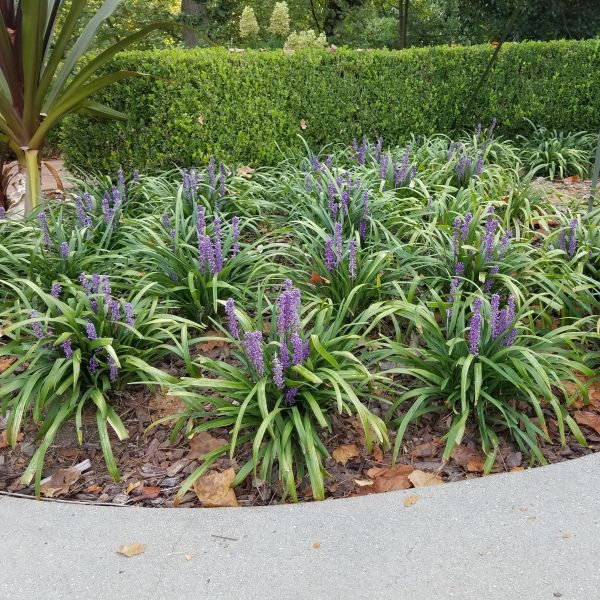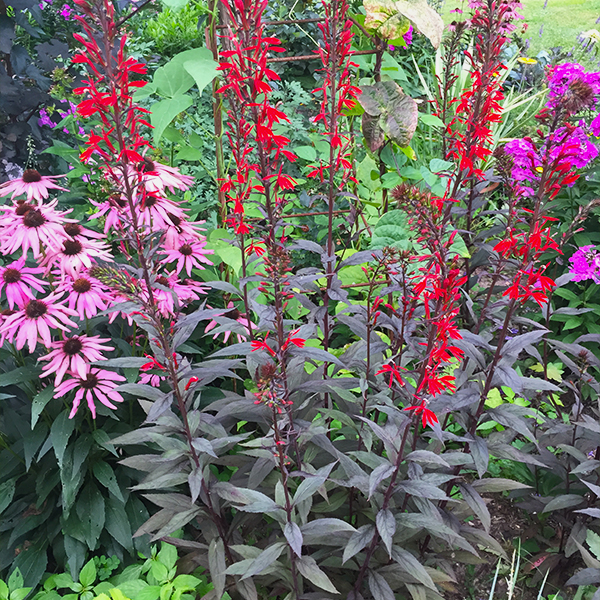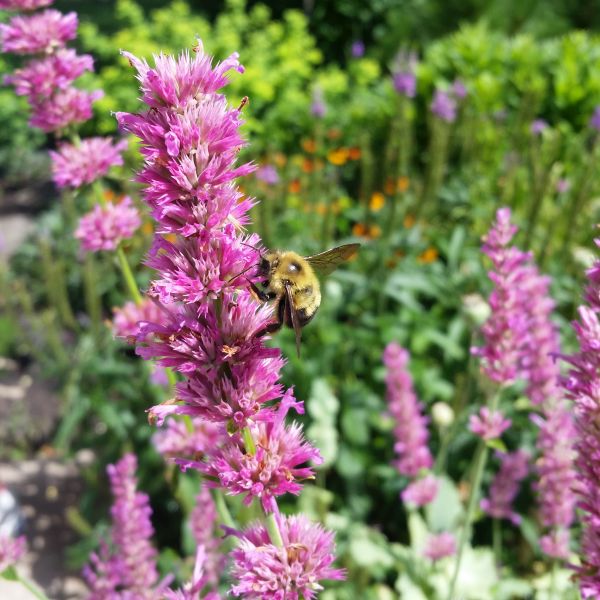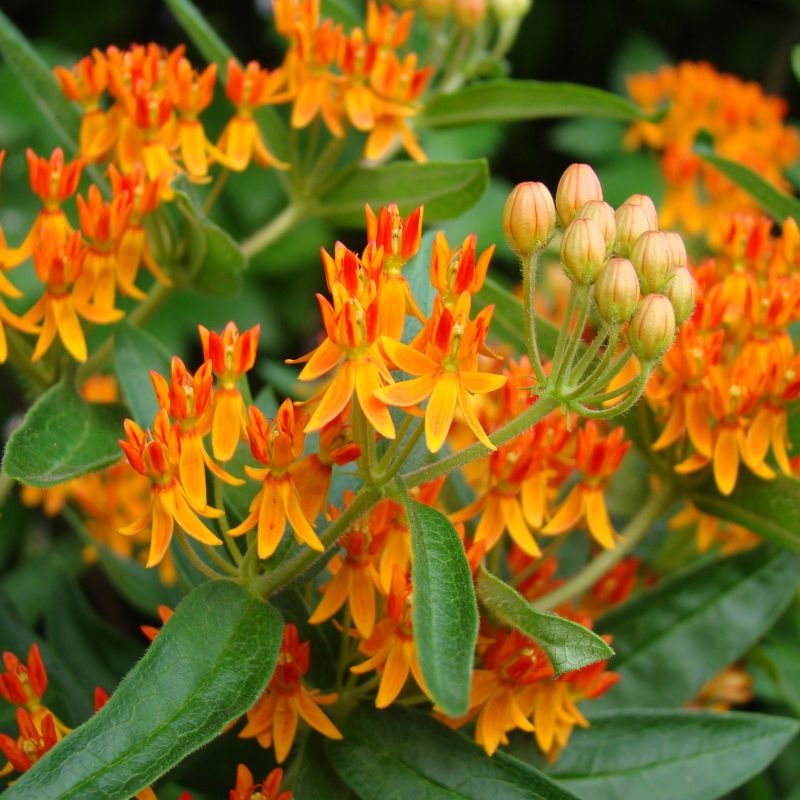
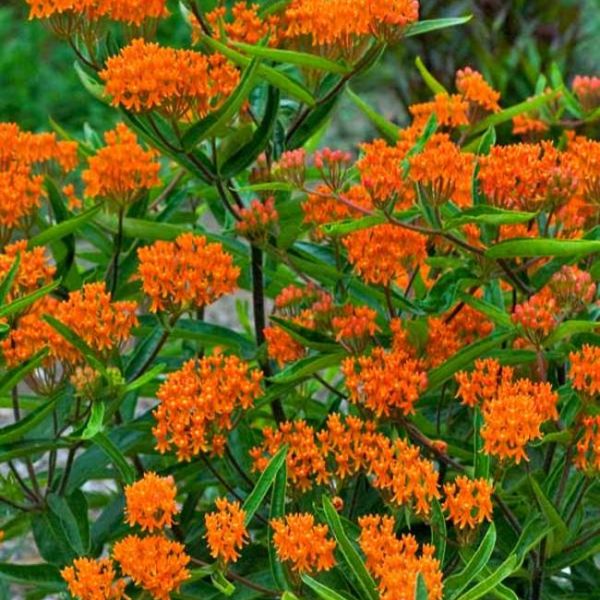
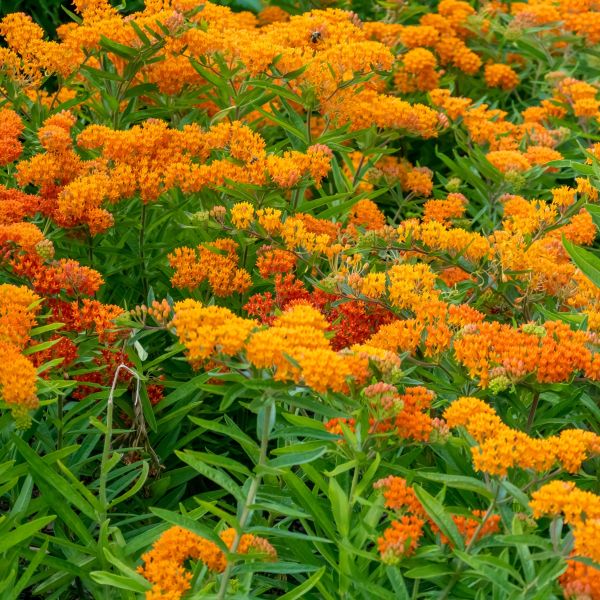
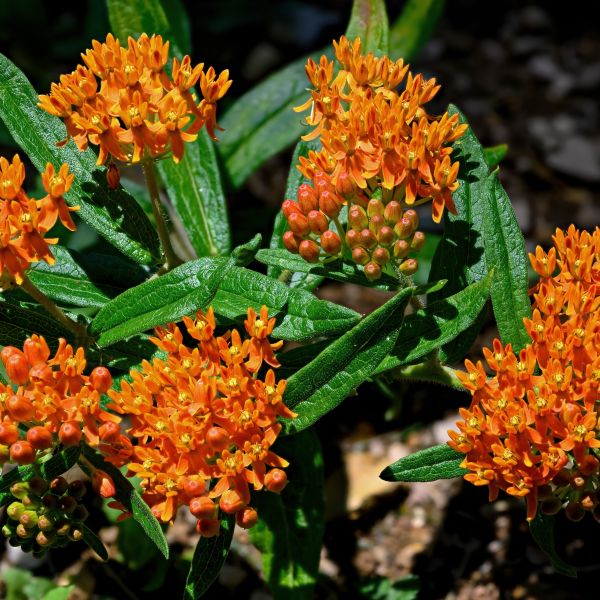
Butterfly Weed Plant
Asclepias tuberosa
10 reviews
Butterfly Weed Plant
Asclepias tuberosa
10 reviews
- 1 Gallon
- Premium 1 Gallon
We are sorry, product is currently out of stock due to seasonal availability. Please check the "Related plants available in your area" section below
Not just beautiful - intentionally selected by ShrubHub's 3D landscape design team to fit real-world spaces and maximize yard potential.
Why Butterfly Weed Plant?
The Butterfly Weed Plant, also known as Asclepias tuberosa, is a beautiful and vibrant orange plant that is a source of food for monarch butterflies. It is easy to grow and can tolerate various soil types, making it a popular choice for home gardens. The long-lasting blooms, which appear in the summer, attract many other pollinators, making it an ideal addition to any garden ecosystem. The plant also has medicinal properties in some indigenous communities, being used to treat stomach ailments.
Related plants available in your area
Sunlight
Butterfly Weed plants require full sun to thrive and produce vibrant flowers. They need at least six hours of direct sunlight each day to ensure healthy growth and attract butterflies.
Watering
Butterfly weed plants require regular watering, especially during periods of drought. It is important to keep the soil consistently moist but not waterlogged. However, they are somewhat drought-tolerant once established, making them suitable for xeriscapin
Fertilizing
Butterfly Weed (Asclepias tuberosa) prefers well-draining, sandy soil and does not require heavy fertilization. A light application of a balanced organic fertilizer in spring or early summer should be sufficient. Avoid excessive use of nitrogen-based ferti
Butterfly Milkweed, also known as Asclepias tuberosa, Butterfly Weed, Orange Milkweed, and Yellow Milkweed, is a species of perennial milkweed native plant to North America. It's closely related to other varieties, such as Gay Butterflies and Western Gold Mix.
Butterfly weed is also known as “orange milkweed” but it produces translucent (instead of milky) sap. Butterfly Weed blooms with bright yellow flowers that vary from golden orange flowers and yellow-orange flowers.
The flowers attract butterflies and are a very rich nectar source, making the plant perfect for a butterfly garden. It's especially loved by Monarch butterflies.
Butterfly weed is an easy-to-grow, low-maintenance herbaceous perennial that can also be found growing as a native wildflower. It prefers well-drained soil and likes loamy and sandy soil types. Butterfly Weed also loves the full sun, making it a great addition to any sunny border.
Butterfly weed is deer-resistant, drought tolerant, and suitable for growing in the USDA Hardiness Zones three through nine. This clump-forming perennial grows to a height of one to two feet. You don't need to provide anything else to grow butterfly Weeds beautifully in your garden. Order yours from Shurbhub today and start enjoying this beauty and the butterflies it'll bring to your garden.
Plant Information:
| Botanical Name: | Asclepias tuberosa |
| USDA Zones: | 3 - 9 |
| Water: | Low Once Established |
| Exposure: | Full Sun |
| Soil Needs: | Well Drained |
| Mature Height: | 2 - 3 feet |
| Mature Spread: | 12 - 18 inches |








Pollination Info
Pollination of Butterfly Weed Plant (Asclepias tuberosa)
Butterfly Weed Plant, also known as Asclepias tuberosa, is a popular plant among gardeners and butterfly enthusiasts due to its bright orange flowers and ability to attract Monarch butterflies. Pollination of this plant is essential to the reproduction and survival of the species.
Pollination Mechanism
Butterfly Weed Plant has a unique pollination mechanism where it relies on the transfer of pollen from one flower to another flower on the same plant or between plants. The plant produces a sticky substance called pollinia that attaches to the legs of visiting insects, mainly bees and butterflies.
When the insect visits another flower, the pollinia attaches to the stigma, which is the female part of the flower. The pollen then fertilizes the ovules in the ovary, which eventually develop into seeds.
Attracting Pollinators
Butterfly Weed Plant relies on attracting pollinators to ensure successful pollination. The bright orange color of the flowers and sweet nectar produced by the plant serve as a lure to attract insects, mainly Monarch butterflies and bees.
Butterfly Weed Plant is planted in gardens and meadows to attract pollinators that help maintain the balance of the ecosystem. By providing a habitat for pollinators, the plant plays an important role in maintaining a healthy and diverse ecosystem.
FAQ
Butterfly Weed Plant (Asclepias tuberosa) FAQ
What is Butterfly Weed Plant?
Butterfly weed plant is a herbaceous perennial plant that is native to North America. It is commonly known as Asclepias tuberosa and is a member of the milkweed family. The plant is known for its bright orange and yellow flowers that bloom from mid-summer to early fall.
What is the best time to plant Butterfly Weed?
The best time to plant butterfly weed is in the spring, after the danger of frost has passed. You can also plant it in the fall, about six weeks before the first frost in your area.
How does Butterfly Weed attract butterflies?
Butterfly weed is a favorite among butterflies, especially the monarch butterfly. The plant contains a toxic substance that is absorbed by the monarch caterpillars. This toxic substance makes the monarch butterflies unpalatable to predators, creating a feeding niche for the monarchs. The bright orange and yellow colors of the flowers also attract butterflies and other pollinators.
How do I care for Butterfly Weed?
- Butterfly weed prefers full sun, but can tolerate partial shade.
- The soil should be well-drained and moderately fertile.
- Water the plant regularly, especially during hot and dry periods.
- Deadhead the plant regularly to promote more blooms.
- You can also fertilize the plant once a year with a balanced fertilizer.
How do I propagate Butterfly Weed?
You can propagate butterfly weed by division or by seed.
- Division: Divide the plant in the spring or fall when it is not in bloom. Dig up the plant and separate the sections with a sharp knife or spade. Replant the sections in their new location.
- Seed: Butterfly weed produces seed pods that can be collected in the fall. After collecting the pods, remove the seeds and plant them in the spring in a well-prepared seedbed. Keep the seedbed moist until the seeds germinate.
How do I control pests and diseases on Butterfly Weed?
Butterfly weed is relatively pest and disease-free. However, like any plant, it can be susceptible to certain pests and diseases.
- Pests: Common pests include aphids and milkweed bugs. These pests can be controlled with insecticidal soap or by attracting predators such as ladybugs.
- Diseases: Common diseases include powdery mildew and leaf spot. These diseases can be controlled by providing good air circulation around the plant and by removing infected leaves.
Can Butterfly Weed be used in landscaping?
Yes, butterfly weed is a great addition to any garden or landscaping. It is a low-maintenance plant that attracts butterflies and other pollinators. It can be planted in borders, beds, or as a focal point in the garden.
Planting & Care
Planting Butterfly Weed
Butterfly weed should be planted in well-draining soil with full sun exposure. It is best to plant in the spring or early fall. Butterfly weed can be grown from seeds or purchased as a plant.
- Find a sunny location with good drainage.
- Spread a layer of compost or organic matter over the planting area.
- Dig a hole as deep as the root ball and twice as wide.
- Place the plant in the hole and fill with soil.
- Water thoroughly.
Caring for Butterfly Weed
Butterfly weed is a low-maintenance plant that requires little care once established.
- Water thoroughly once a week, especially during the first growing season.
- Apply a layer of mulch around the plant to help retain moisture.
- Pinch off faded flowers to encourage more blooms.
- Cut back the stems in the fall after they have browned and died.
- Butterfly weed is deer resistant and attracts butterflies and beneficial insects.
Check Out These Verified Customer Reviews:
Customer Reviews
4.7 out of 5 based on 10 reviews
Thank you! Your review has been submitted.
The Butterfly Weed Plant I ordered arrived quickly and in great condition. It is a lovely plant that has added a touch of nature to my yard.
I received the Butterfly Weed Plant in good condition and it has adapted well to its new environment. I'm pleased with my purchase.
I was very pleased with the Butterfly Weed Plant I ordered. The plant arrived in good condition and the website was easy to navigate. Overall, a great experience.
Item has been added to your cart.



